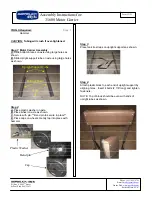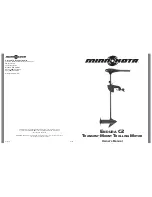
User’s Guide
TPS56121 Step-Down Converter Evaluation Module User's
Guide
Table of Contents
3 Electrical Performance Specifications
9 Performance Data and Typical Characteristic Curves
10 EVM Assembly Drawings and PCB Layout
List of Figures
Table of Contents
SLVU445C – MARCH 2011 – REVISED AUGUST 2021
TPS56121 Step-Down Converter Evaluation Module User's Guide
1
Copyright © 2021 Texas Instruments Incorporated


































